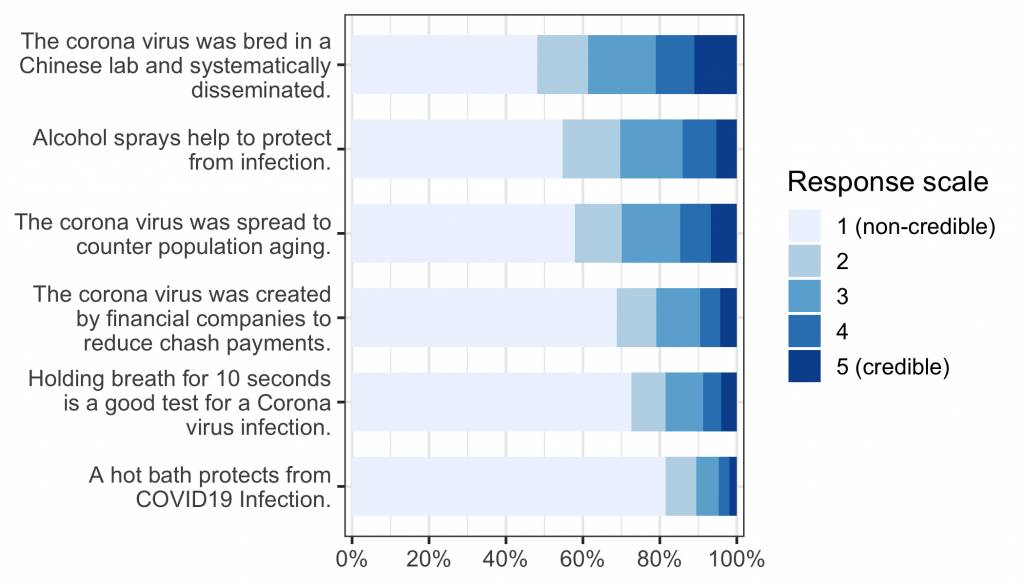“Fake news" has been a central part of discussions of the Corona crisis. A research group at the MCI is therefore looking into the question of how people can protect themselves from fake news and check information for credibility. In general, the scientific community prefers to speak of "misinformation", as recent studies indicate that the term "fake news" is often used deliberately to damage the credibility of traditional media.
The research group is currently evaluating the first wave of the study, in which 1024 Austrians were interviewed about their information habits. A second wave will follow in June. First results show that people who rely on social media for information about the coronavirus are significantly less well informed and are less likely to recognize misinformation than people who frequently use traditional media. "For many people, information on social media is attractive because, for example, it nurtures hopes of a speedy return to normal," explains Raffael Heiss, who conducts the MCI study. However, he adds, one must be aware of the actual intentions behind the postings. Often the aim is to reach as many people as possible or to convey political messages. "That is why it is always important to consciously check the source of the information: For example, who exactly is behind a video that is currently circulating on the Internet?" As a rule of thumb: Be careful if no source is provided or if the source is unfamiliar.
Raffael Heiss conducts research at the Center for Social & Health Innovation (CSHI), a multidisciplinary research center for public health established at the MCI. In the course of the COVID19 crisis, a scientific blog was set up.

The graph shows the credibility of circulating misinformation as assessed by the respondents. The darker the blue, the higher the estimated credibility. The wider a color range, the higher the percentage of respondents who have positioned themselves there. Graphic: Raffael Heiss, MCI. Read more here